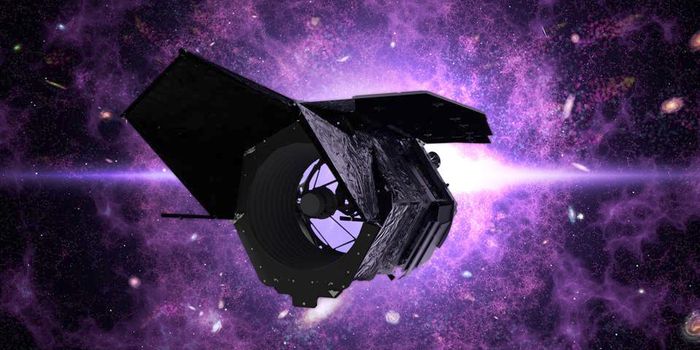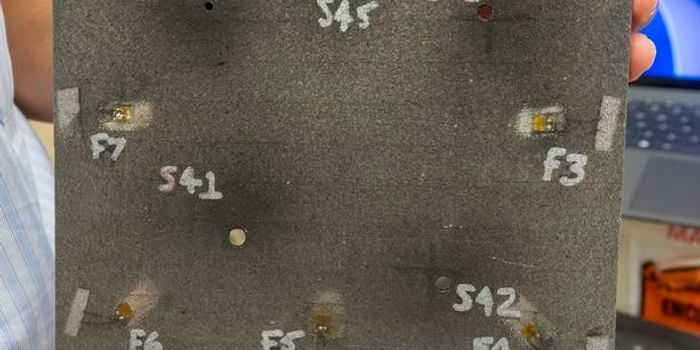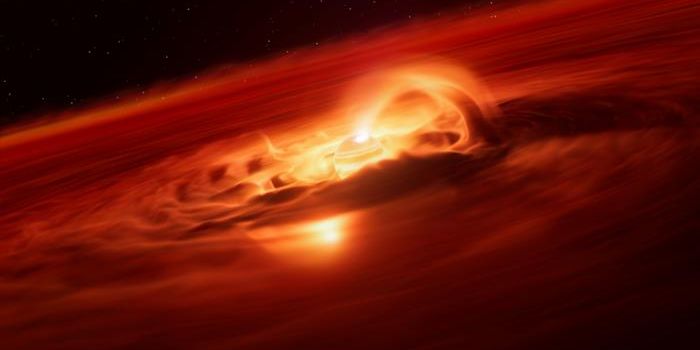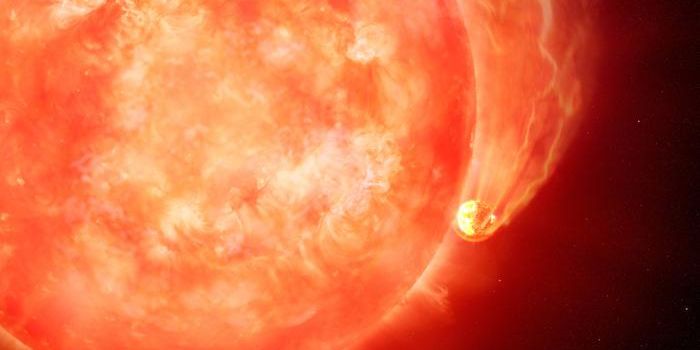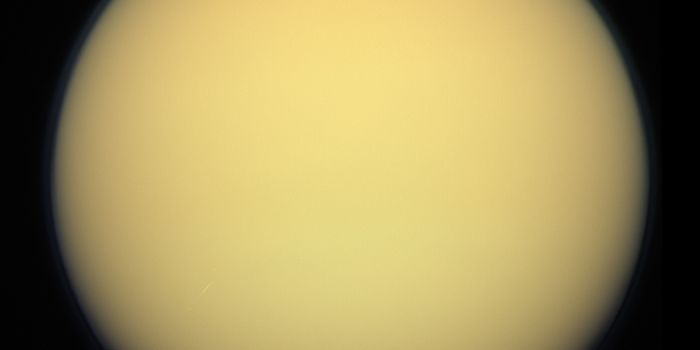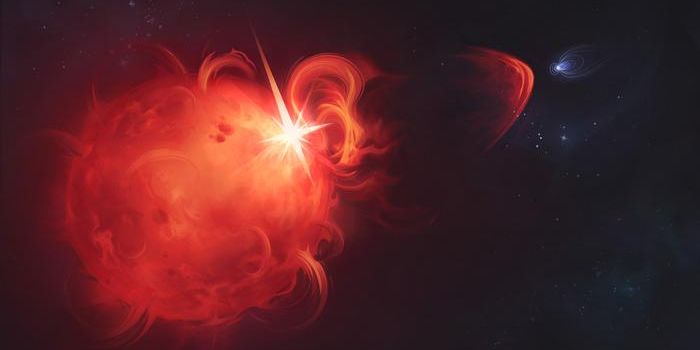Next-Generation Spacecraft: How Caltech is Making Lightsails a Reality
Can lightsails be the future of deep space exploration? This is what a recent study published in Nature Photonics hopes to address as a team of researchers from the California Institute of Technology (Caltech) investigated the potential for using lightsails comprised of ultrathin membranes that are pushed by lasers to explore beyond our solar system. This study builds off the Breakthrough Starshot Initiative started in 2016 and has the potential to literally push the boundaries of space exploration to new heights.
"There are numerous challenges involved in developing a membrane that could ultimately be used as lightsail. It needs to withstand heat, hold its shape under pressure, and ride stably along the axis of a laser beam," said Dr. Harry Atwater, who is a Howard Hughes Professor of Applied Physics and Materials Science at Caltech and a co-author on the study. "But before we can begin building such a sail, we need to understand how the materials respond to radiation pressure from lasers. We wanted to know if we could determine the force being exerted on a membrane just by measuring its movements. It turns out we can."
For the study, the researchers used real-life models to simulate the size of the lightsail, amount of laser power needed to propel the lightsail, and amount of pressure exerted on the lightsail to achieve the desired speed. After creating their own miniature lightsail measuring 40 microns long, 40 microns wide, and 50 nanometers thick tethered to four strings, the team subjected it to laser light to measure the amount of radiation pressure the lightsail was experiencing. In the end, the team found the specific angle and amount of force required to push the lightsail forward. Through this, they successfully established groundwork for potentially constructing larger lightsails in the future.
"The device represents a small lightsail, but a big part of our work was devising and realizing a scheme to precisely measure motion induced by long-range optical forces," said Ramon Gao, who is a PhD student at Caltech and second author of the study.
How will lightsails contribute to space exploration in the coming years and decades? Only time will tell, and this is why we science!
As always, keep doing science & keep looking up!
Sources: Nature Photonics, EurekAlert!, Caltech
Featured Image Credit: Caltech

